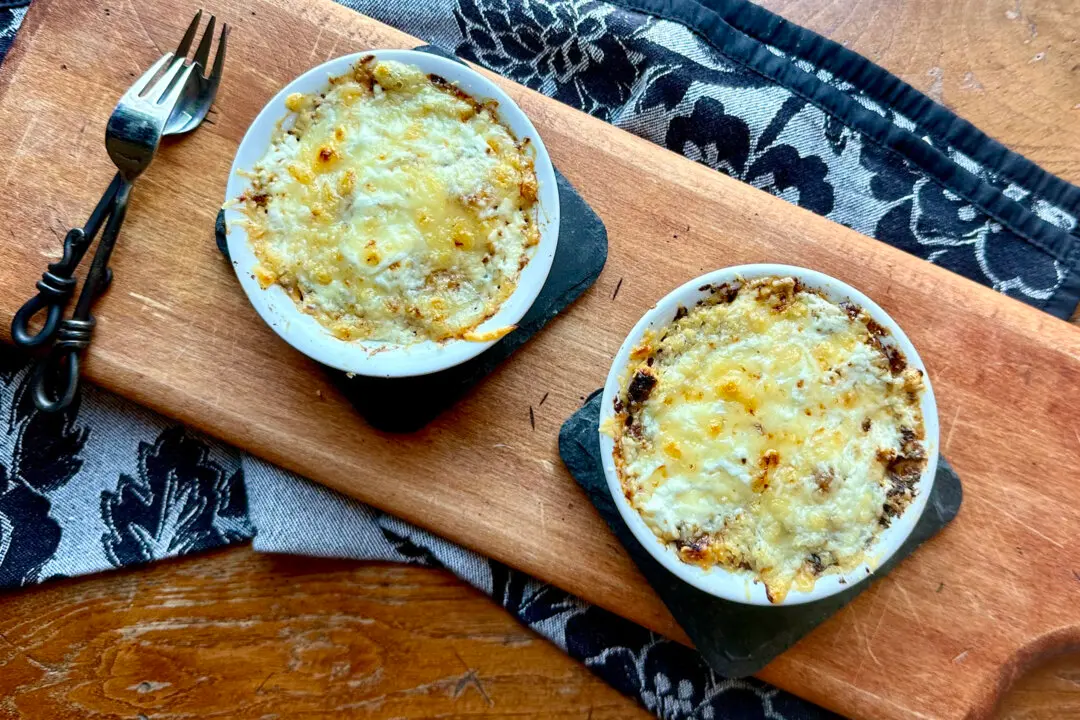If it’s not broken, then don’t fix it. This pertains to great recipes, baking techniques and, more specifically, these scones. I discovered this recipe years ago, published by Cooks Illustrated/America’s Test Kitchen, and it’s a keeper.
Since then, I have made these scones countless times with only the tiniest of tweaks. And, like any tradition worth repeating, these dense, moist, and crumbly scones have become a part of our breakfast rotation when the family is gathered together over the holidays, when it’s a wintry day outside, or we are expecting friends for brunch.





